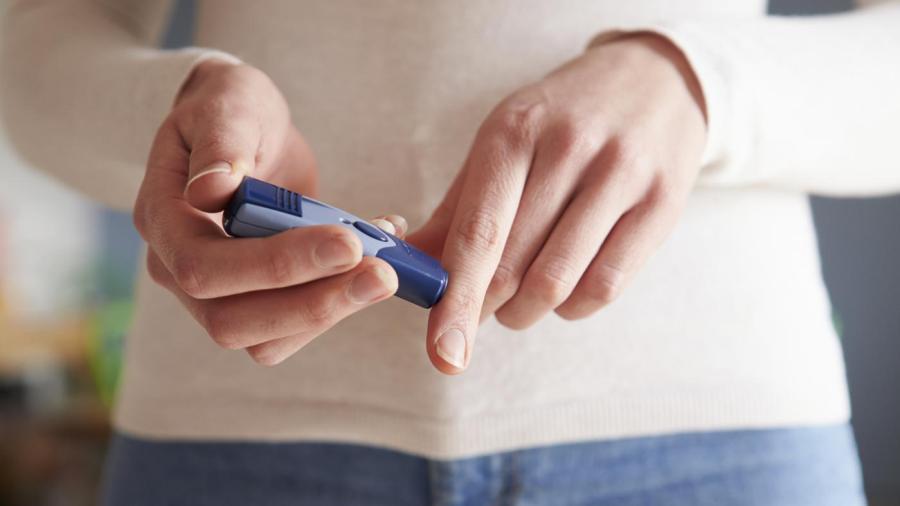What Is a Normal Blood Sugar Range?

A normal blood sugar range for an adult is less than 100 milligrams per deciliter when fasting for a minimum of 8 hours, or 140 mg/dL after eating, according to WebMD. Sugar levels are usually their lowest right before mealtime when nondiabetics’ sugar levels are generally around 70 to 80 mg/dL.
What is considered normal for one person may not be normal for another. For example, for some people, readings of 90 mg/dL is a normal range, while for others, 60 mg/dL is considered average. Low sugar levels can vary widely as well. Some people never experience a blood sugar level lower than 60 mg/dL, even when they go without eating for a prolonged period.
When determining whether or not an individual has diabetes, doctors may perform several tests, including fasting plasma glucose tests, oral glucose tolerance tests and random checks. A fasting plasma glucose test is considered out of range if blood sugar levels exceed 126 mg/dL after an 8-hour fast. With an oral glucose tolerance test, diabetes may be indicated if sugar levels exceed 200 mg/dL after an 8-hour fast and 2 hours after drinking a special drink provided by the lab. Random blood sugar checks exceeding 200 mg/dL may also be indicative of the presence of diabetes.
Regular blood sugar testing is beneficial for those who are pregnant as well as those who take insulin or have difficulty controlling blood glucose levels, notes the American Diabetes Association. Blood sugar that reads higher than normal consistently but does not meet other criteria for diabetes is called prediabetes, states WebMD. Prediabetes affects 79 million people in the United States. These people are five to six times more likely to develop diabetes and are also at increased risk for heart disease. Diet and exercise can prevent prediabetes from progressing into diabetes.





